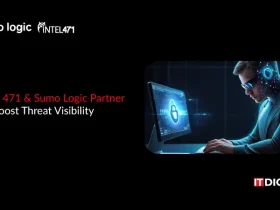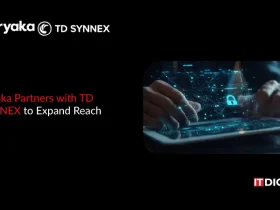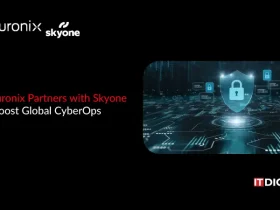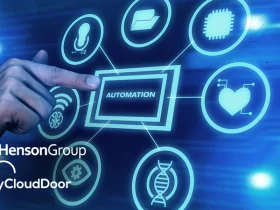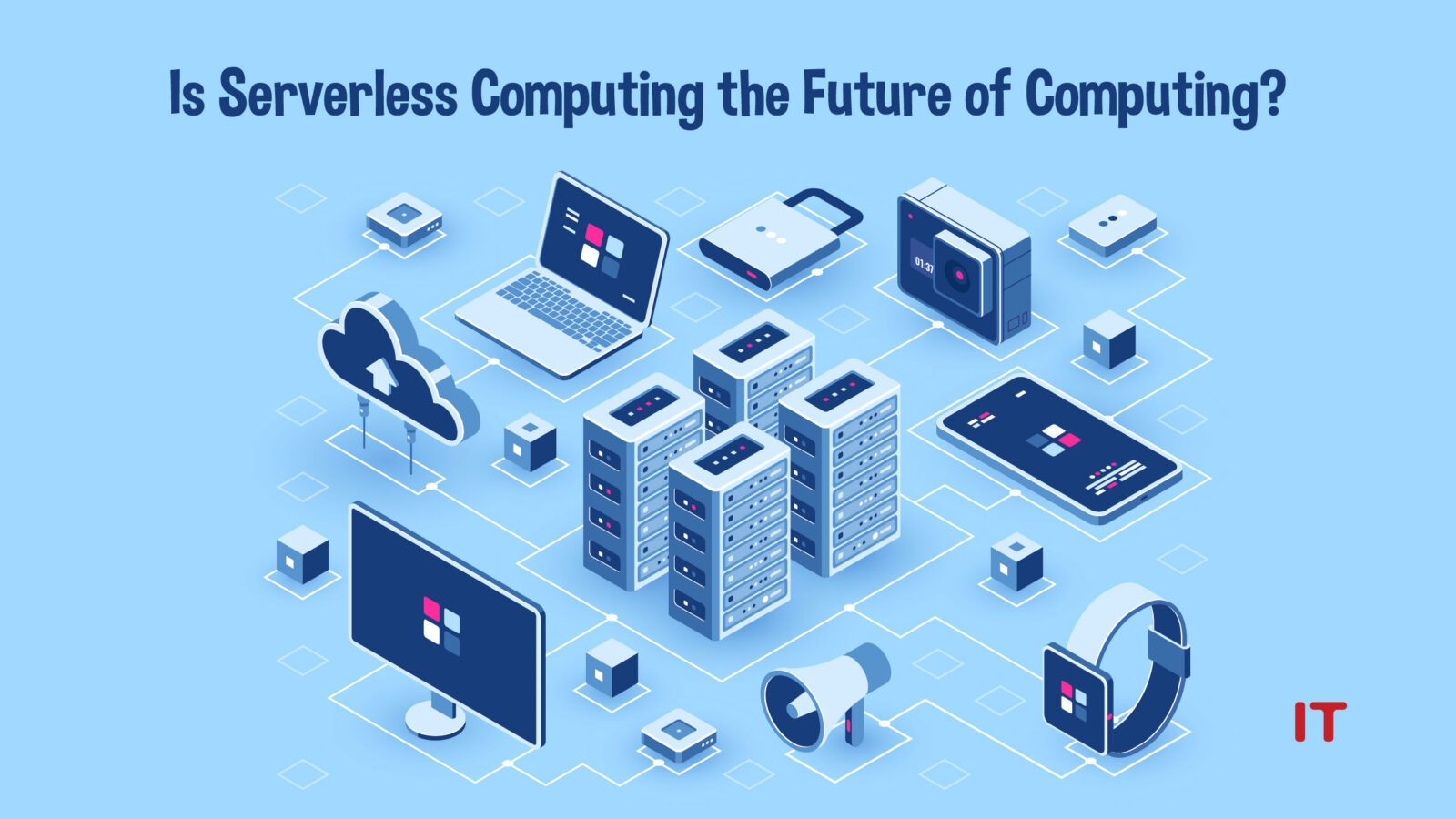In the fast-moving world of digital technology, serverless computing is a game-changer for both developers and businesses. This innovative approach to cloud computing liberates developers from the complexities of server management, allowing them to concentrate on writing top-notch code and providing outstanding user experiences. In this blog post, we’ll dive into the world of serverless computing, uncovering its advantages, practical applications, and its potential to transform the development and deployment of applications. Let’s get started!
What is Serverless Computing?
Serverless computing offers backend services on a pay-as-you-go basis, allowing users to write and deploy code without worrying about the underlying infrastructure. Users are charged based on their actual computation, avoiding the need to reserve or pay for fixed bandwidth or server quantities since the service auto-scales. Despite being called “serverless”, physical servers are still in use but hidden from developers.
In the early days of web development, owning and managing physical servers was necessary, which was both cumbersome and costly.
Cloud computing introduced the ability to rent fixed server units remotely, but this often led to over-purchasing server space to handle unexpected traffic spikes, resulting in wasted resources. Cloud vendors introduced auto-scaling to address this, but it couldn’t fully prevent the cost impact of sudden high activity, such as a DDoS attack.
What Role Does the Cloud Provider Play in Serverless Computing?
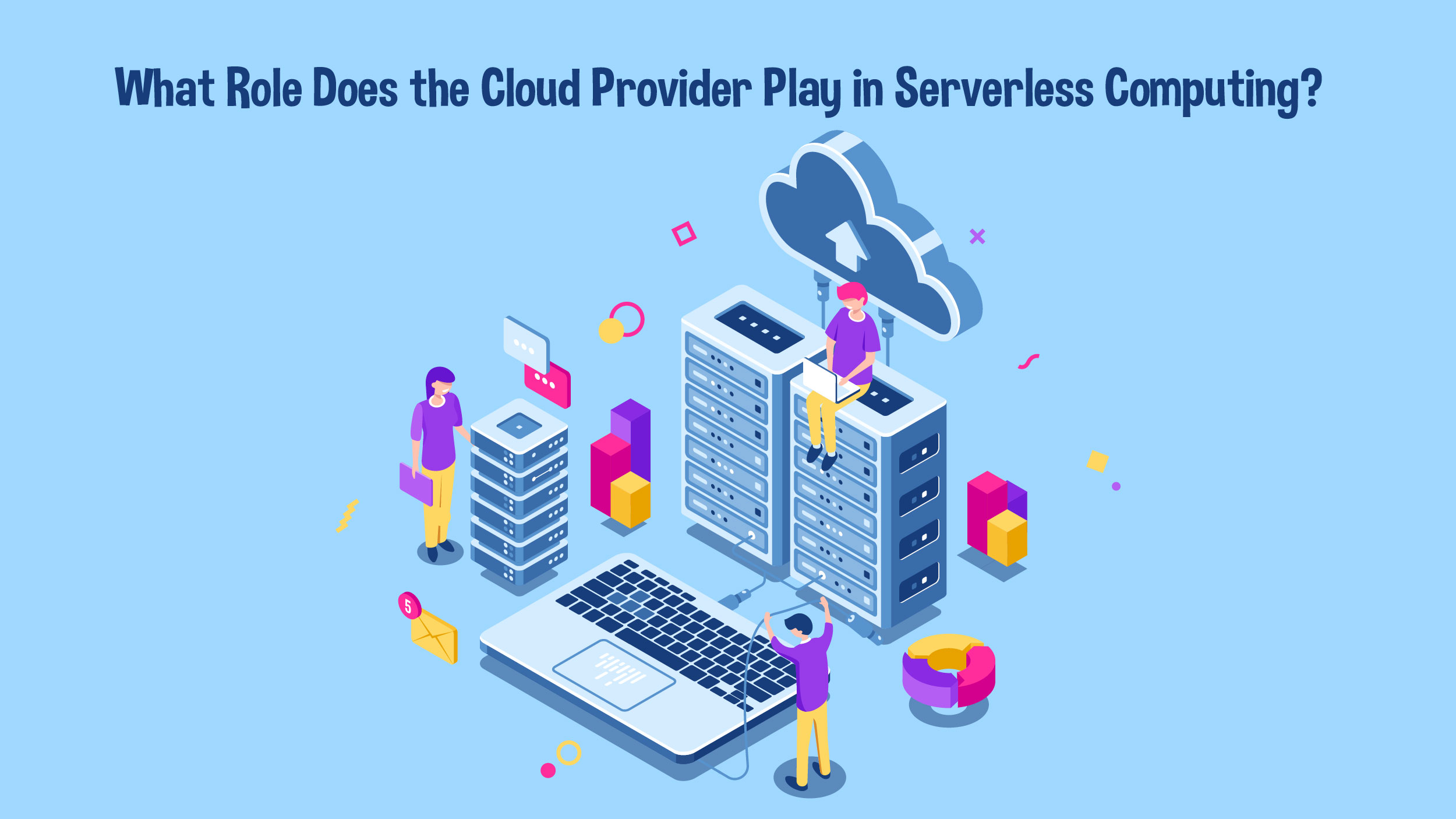 In a serverless model, the cloud provider handles physical servers and dynamically manages their resources for users who can deploy code directly into production.
In a serverless model, the cloud provider handles physical servers and dynamically manages their resources for users who can deploy code directly into production.
Serverless computing falls into two categories: Backend-as-a-Service (BaaS) and Function-as-a-Service (FaaS).
BaaS provides access to various third-party services and apps, like authentication services, encryption, cloud-accessible databases, and detailed usage data. BaaS functions are usually accessed via APIs.
More commonly, when developers discuss serverless, they’re referring to the FaaS model. In FaaS, developers write custom server-side logic, which runs in containers managed by a cloud service provider.
Major public cloud providers offer FaaS options, including Amazon Web Services (AWS) with AWS Lambda, Azure Serverless Computing by Microsoft Azure, Google Cloud with multiple choices, and IBM Cloud with IBM Cloud Functions, among others.
Some companies operate their FaaS environments with open-source serverless platforms like Red Hat, OpenShift, and Serverless, built on the Knative project for Kubernetes.
Advantages of Serverless Computing
- Cost Savings: Serverless edge computing is cost-effective as it eliminates the need to pay for unused resources or idle CPU time, reducing overall expenses.
- Scalability Made Simple: It handles automatic scaling, relieving developers from scaling concerns and allowing the system to adapt to demand.
- Streamlined Backend Code: Function-as-a-Service (FaaS) enables the creation of simple, purpose-specific functions, making backend code more straightforward and easier to manage.
- Faster Development: Serverless cloud computing accelerates development by allowing incremental updates and bug fixes without complex deployment processes, resulting in shorter time-to-market.
Disadvantages of Serverless computing
- Vendor Lock-In: Serverless services can vary significantly between cloud providers, making it challenging to switch between them.
- Inefficiency for Long-Running Apps: Long-running tasks can be costlier with serverless computing compared to running on a dedicated server or VM.
- Latency: Serverless platforms can have a delay, known as a “cold start”, when handling functions for the first time, leading to latency issues.
- Debugging Challenges: Debugging serverless functions can be difficult as each instance creates a new version, making it challenging to gather the necessary data for debugging and troubleshooting.
What are the Use Cases of Serverless Computing?
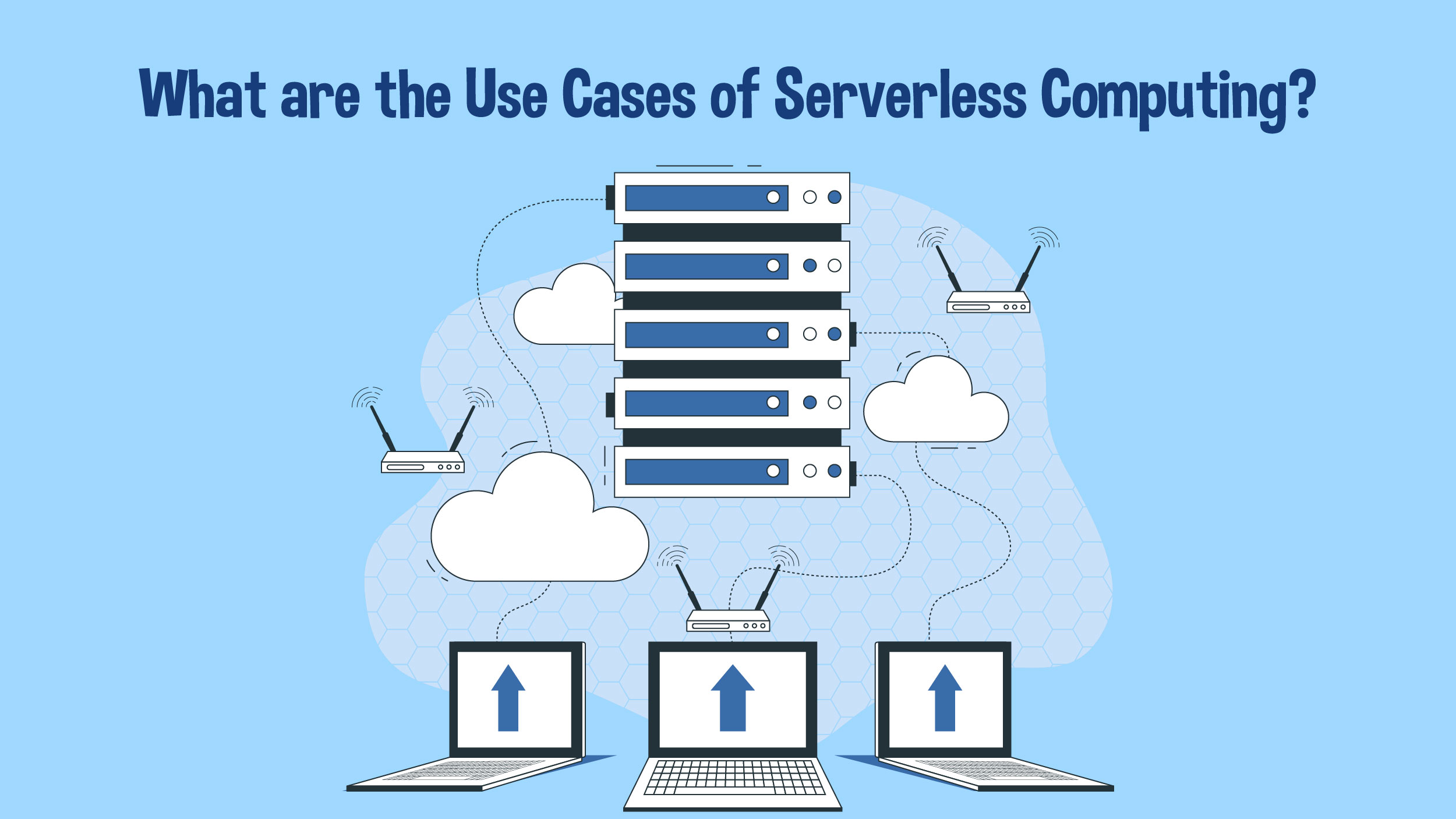 Serverless computing has various use cases, including:
Serverless computing has various use cases, including:
- Event-Triggered Computing: Handling scenarios involving diverse devices uploading different file types, like mobile phones and PCs uploading videos, text files, and images.
- IoT Data Processing: Efficiently combining and analyzing data from a range of IoT devices to trigger specific events, offering a cost-effective solution for IoT management.
- Back-End Tasks for Mobile Apps or Websites: Serverless functions can process user database requests from the front end, enhancing application efficiency.
- High-Volume Background Processes: Used for data transfer to long-term storage, data conversion, processing, analysis, and transferring metrics to analytics services.
- Microservices Support: Commonly used for microservices architectures due to automatic scaling, rapid provisioning, small code units, and a pricing model based on actual usage.
- Building REST APIs: Facilitating the scalable creation of REST APIs.
- Video and Image Manipulation: Enabling dynamic resizing of images and video transcoding for various devices.
- Writing Multilanguage Apps: Supporting development in multiple languages or frameworks.
- Continuous Integration/Continuous Delivery (CI/CD): Automating CI/CD workflows, such as automated tests triggered by pull requests, for efficient code deployment.
What is the Significance of Serverless Computing in Digital Transformation?
Serverless computing is a key player in the realm of digital transformation. It empowers developers to boost their productivity, allowing them to concentrate on crafting code with business relevance, free from concerns about the underlying infrastructure that backs the code. Irrespective of the industry or company’s scale, a serverless computing strategy can enhance developer efficiency by eliminating the need for infrastructure management.
A serverless computing software development environment encompasses essential features such as:
- zero server management
- autoscaling to adapt to fluctuating traffic demands
- managed integrated security
Final Verdict
The future of serverless computing looks promising as it continues to witness increased adoption and integration with cloud services. It is expected to play a role in edge computing and hybrid cloud environments, offering benefits such as simplified development, scalability, and cost savings. However, it is important to consider its specific use cases and constraints to determine its suitability. Overall, serverless computing is evolving as an important paradigm in the cloud landscape, providing a flexible and efficient approach to deploying applications and services.








